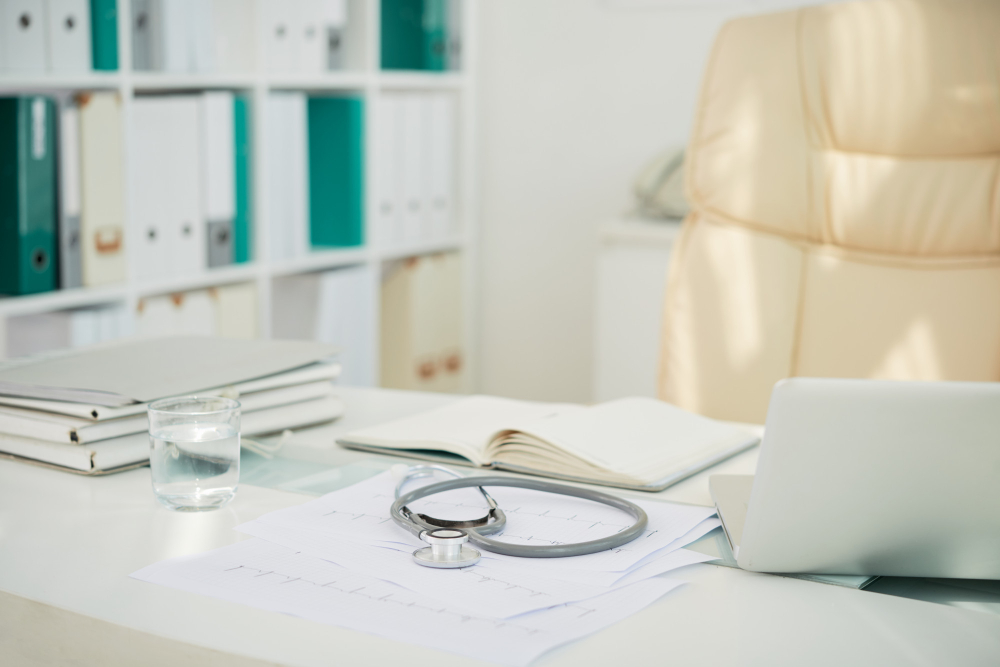
We all know that a visit to the doctor's office is necessary to maintain our health. However, it is also a place where numerous germs and bacteria linger around. With various people entering and exiting the office daily, and sick people coughing, sneezing, and touching various surfaces, it is no wonder how contagious diseases spread rapidly.
In this post, we will identify the worst spots for germs in a typical doctor’s office. Knowing where the germs hide will help you take necessary precautions and stay healthy. Plus, if you need help with office cleaning in Commerce, CA, contact S&W Janitorial Service today to request a quote.
The waiting room is the first place where germs thrive. Many people sit in close proximity to each other, and they all touch the same surfaces such as chairs, magazines, reading glasses, and toys provided for children. Moreover, the seat cushions and fabric on chairs and couches welcome germs as they can live on these surfaces for hours.
Solution: Bring your hand sanitizer, wipes, or wear gloves when touching any surface. Also, avoid touching your face until you sanitize your hands.
The reception desk is a place where everyone touches. The receptionist uses a computer, keyboard, mouse, phone, and pens. These items may be the breeding ground for various germs and bacteria, especially the keyboard and mouse.
Solution: Avoid touching the counter, pens, and documents on the counter; instead, ask the receptionist to show you where to sign and hand back the documents. Also, carry your pen, or use the disinfecting pen provided by the office.
The bathroom harbors tons of germs and bacteria, which can easily be transmitted through touch. Imagine picking up a door handle, faucet handle, or soap dispenser handle that everyone else did?
Solution: Use a paper towel to open the door, turn on the faucet, and pump the soap dispenser. Wash your hands thoroughly for at least 20 seconds.
Once you are called into the examination room, the doctor and nurse may use a stethoscope, exam gloves, and other examination tools. These tools come into direct contact with patients and can quickly spread germs and bacteria.
Solution: Request the doctor and nurse to wear clean gloves before examining you. Also, if possible, request them to sterilize the stethoscope and other equipment in front of you.
In the lab room, the phlebotomist will collect samples of blood, urine, and other bodily fluids. These samples may contain harmful bacteria that can spread easily if the technician is not careful.
Solution: Always request the technician to wear gloves and to use a sterilized needle. Also, make sure to ask how they sterilize their equipment and tools.
Now that you know where the germs lurk, you can take precautions to avoid getting infected. The key is to sanitize your hands often, carry your pen, and avoid direct contact with surfaces or objects that others often touch. Plus, if you need help with office cleaning in Commerce, CA, contact S&W Janitorial Service today to request a quote. Our team of skilled professionals knows how to keep your doctor’s office clean and safe for your patients.